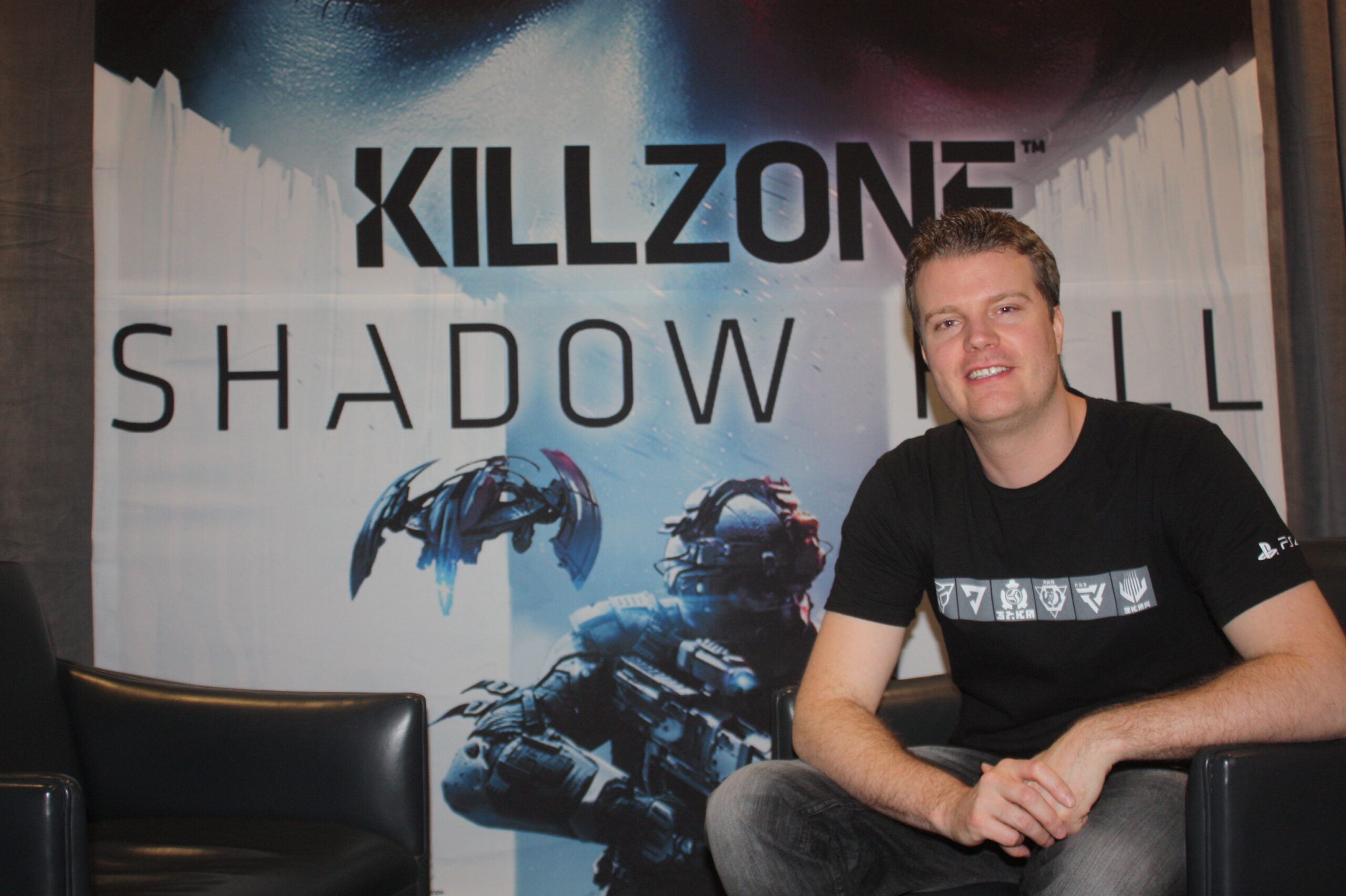Killzone: Shadow Fall is one of Sony’s big bets to woo gamers to the new PlayStation 4 home console this holiday season. The sci-fi shooter from Guerrilla Games is a launch title coming out (at the latest) on Nov. 15 when the PS4 launches in North America.
Shadow Fall takes place 30 years after the events of Killzone 3, and it features the continuing conflict between the Vektans and the Helghast, two rival colonist factions inhabiting a distant planet. In this scenario, both factions have been living side-by-side, separated by an enormous security wall, for three decades. But now their cold war is about to get hot, and we got the briefing on why from lead designer Eric Boltjes in an interview at Sony’s U.S. game headquarters in Foster City, Calif.

Unlock premium content and VIP community perks with GB M A X!
Join now to enjoy our free and premium membership perks.
![]()

![]()